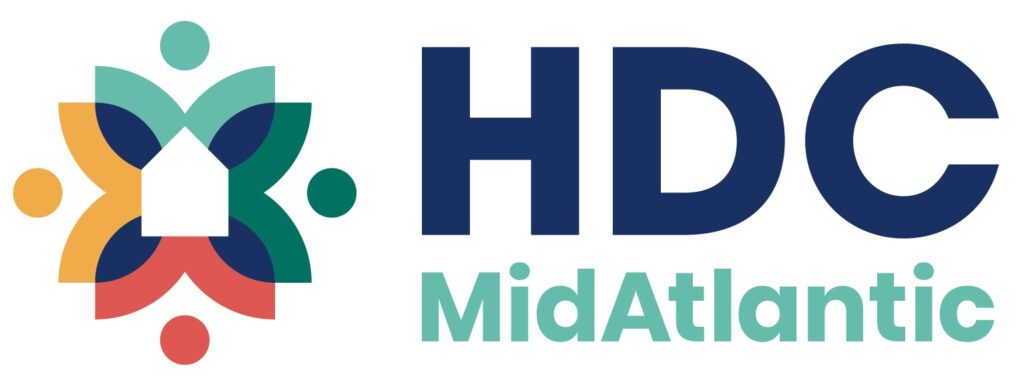
The Lancaster County Community Foundation aims to invest in ways that nurture a thriving community and inspire others to do the same, Sam Bressi and Tracy Cutler said.
Bressi and Cutler are, respectively, the foundation’s president and executive vice president. The organization is celebrating its 100th anniversary this year; at last week’s Hourglass First Friday Forum, the duo recapped the foundation’s first century and its plans for the next.
Community foundations are the brainchild of Frederick Goff (1858-1923), a Cleveland attorney and banker. He wanted to make philanthropy more accessible, rather than just the province of the ultrawealthy, and more flexible, to better respond to changing circumstances.
Goff proposed pooling donations from community members into a unitary perpetual trust from which grants could be made under the auspices of a board. His ideas took shape with the formation of the Cleveland Foundation in 1914. Philanthropists in other cities took note, including attorney Martin Harnish in Lancaster, who spearheaded the founding of the Lancaster Community Trust a decade later, in 1924.

For its first 80 years, it operated pretty quietly, Bressi said. It was 100% volunteer run, its role largely limited to stewarding assets and making distributions.
Beginning the early 2000s, the board opted for a more proactive approach. The first executive director was hired in 2003 and the name was changed to the current one. Bressi came on board in 2008.
Today, the Lancaster County Community Foundation is one of more than 800 such organizations nationwide. It oversees 563 individual funds totaling $200 million in assets. Its flagship event, the Extra Give, has raised more than $100 million for local nonprofits since 2012.
Broadly speaking, its endowment breaks down into three categories: Donor-advised funds (48% of total assets), funds designated to specific purposes or scholarships (15%) and discretionary funds (37%). Discretionary funds may be earmarked for a particular need or objective, but they entrust grantmaking to the foundation, providing for flexibility in achieving their goals.

Because the foundation’s focus is specifically on Lancaster County, it offers a unique opportunity to leverage collective philanthropy, Culter said.
“To have a community endowment is something pretty spectacular,” she said.
Its operations are guided by five values, Bressi said: integrity, relationships, equity, innovation and courage. The organization doesn’t pretend to be perfect, he said, but “we challenge ourselves.”
The foundation underwrote the first study of the Enola Low Grade corridor, starting the work that led to the rail trail there. It commissioned the first study of the vacant Watt & Shand site, now home to the Lancaster County Convention Center, and it helped the Historic Preservation Trust of Lancaster County save Thaddeus Stevens’ house and law office, now the core of the Thaddeus Stevens & Lydia Hamilton Smith Center for History & Democracy, which LancasterHistory plans to open next year.
To promote innovation, it created the “Ah-Ha Project” in 2010-11. That led to a series of “Creative Solutions” grants, including the one supporting creation of the SoWe neighborhood group.
The foundation was also behind two major initiatives to help struggling local families weather economic downturns: Its Family Aid poured $750,000 into food, housing and utility assistance during the Great Recession, and its Lancaster Cares Fund, launched in partnership with United Way of Lancaster County, raised and distributted more than $1 million during the pandemic.
It supported the Lancaster County Racial Equity Profile, released early last year, to draw fresh attention to systemic disparities and provide a factual baseline for community discussion and action. Bressi cited one example: The child poverty rate in Lancaster County is 14% overall, but for Black and Latino households, it’s one-third.
“That’s a different experience,” he said. “Same community, different experience.”
Community engagement
The Lancaster County Community Foundation is organizing a number of celebrations around its centennial anniversary and its Shaping Tomorrow grant awards. Announced events include the following:
- March 27: Celebrating Creative Expression. Location: Rock Lititz
- April 20: Cultivating Wellbeing & Vibrancy. Location: Buchanan Park
- Summer for Lancaster (date(s) TBD): Community fair. Location: Ewell Plaza and Binns Park
- Sept. 28: Elevating the Next Generation. Location: Thaddeus Stevens College of Technology
- Oct. 17: Protecting Our Planet. Location: The Farm at Eagles Ridge
The foundation is also partnering with local business associations and coffee shops. It is inviting community members to host events and has designed an engagement toolkit for nonprofits.
For details, visit ChangetheNext100.org.
The next 100
The foundation’s theme for its centennial is “One Year to Change the Next 100.” Among other things, it will be awarding $1 million through its “Shaping Tomorrow” grant program. The goal to support transformative initiatives in four categories: Creative Expression, Wellbeing & Vibrancy, Elevating the Next Generation and Protecting Our Planet.
Community foundations are fundamentally about legacy, Cutler said, about making investments that grow over time and set a community up for success.
It’s important to recognize that decisions made a century ago by Martin Harnish and other “visionary founders” are paying dividends today, she said. That’s an inspiration for today’s generation to look into the future and think about its own opportunity to contribute.
“What is our responsibility? … What is the legacy we want to leave?” she asked.






